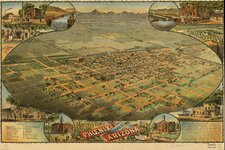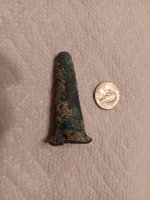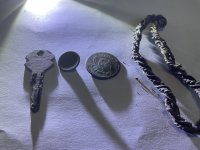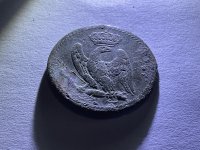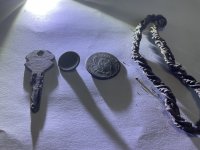Dirty Dutchman
Sr. Member
Joe,
All very good points.
I personally don't see anything but questions from the guy Larry. Did Waltz exist? Did Dick Holmes exist? Did Joe Ribaudo exist? Where are the answers and the back up?
And the stories of people weaving other stories into the legend? Those are just peoples opinions also......I don't see the PROOF anywhere.....
If Dick Holmes wasnt at the deathbed of Waltz, then Clay Worst is spreading a lie. Again, I don't believe it. I believe Dick was there.
I'll continue to stick to my own theory for now, but this line of comments is very interesting....
Thanks,
Travis
All very good points.
I personally don't see anything but questions from the guy Larry. Did Waltz exist? Did Dick Holmes exist? Did Joe Ribaudo exist? Where are the answers and the back up?
And the stories of people weaving other stories into the legend? Those are just peoples opinions also......I don't see the PROOF anywhere.....
If Dick Holmes wasnt at the deathbed of Waltz, then Clay Worst is spreading a lie. Again, I don't believe it. I believe Dick was there.
I'll continue to stick to my own theory for now, but this line of comments is very interesting....
Thanks,
Travis





